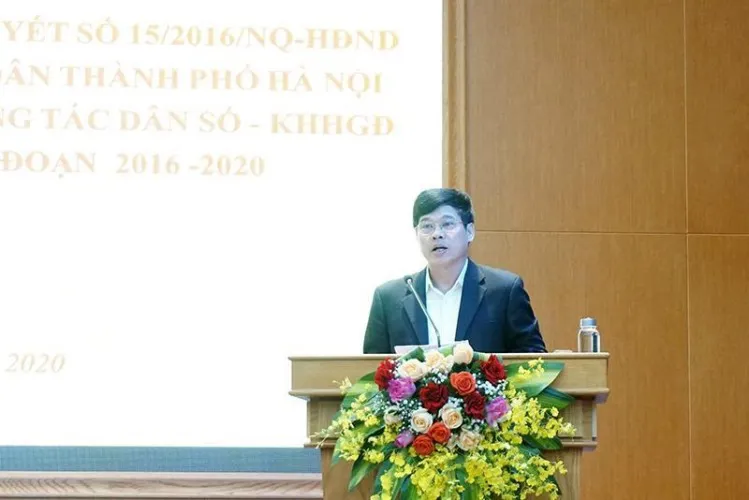Capital tackles sex imbalance at birth
Hanoi authorities have strived to balance sex ratio at birth and adopted measures to improve the quality of population.
He made the statement at a meeting held on November 26 to review the implementation of Resolution 15/2016/NQ-NDND on a number of measures to improve population and family planning work in the 2016-2020 period.
Ngo Van Quy, Vice Chairman of Hanoi People's Committee speaks at the meeting. HNT Photo |
Hanoi’s sex ratio at birth is 113 boys/100 girls this year.
The city has achieved and even exceeds targets set by the resolution, Hanh said.
In 2020, the city is forecast to have a total population of 8.3 million, accounting for 8.4 per cent of the country’s figure, he said.
The total fertility rate (TFR) is 2.1 children per woman while the birth rate yearly dropped by 0.1 per cent.
Prenatal screening rate is projected to reach 80 per cent and the screening rate among newborns is 85 per cent. Malnutrition rate among children under five years old is expected to hit 7.7 per cent this year.
The quality of population has been improved over the past five years thanks to the effective implementation of models aimed at raising the people’s awareness on the issue.
However, he said the rate of women who gave birth to a third child was still high.
In particular, sex imbalance at birth still prevails in some districts, requiring more drastic measures.
To ensure the effectiveness of the work, Vice Chairman of municipal People's Committee Ngo Van Quy suggested local authorities continue to carry out population projects and plans in phases from now until 2030.
It is necessary to maintain the TFR, take advantage of the “golden population” and improve the quality of population, contributing to the city’s sustainable development, he said.
Hanh said that the city should diversify dissemination methods, secure enough resources for the population work and enhance the effectiveness of the local steering committees.









